Strawberry variety Gigantella lives up to its name

In order to reap a decent harvest of strawberries, the gardener must not only properly care for the berries, but also not make a mistake in choosing the variety. One of the best strawberry varieties is Gigantella.
Content:
Description
Gigantella was bred by Dutch breeders and is distinguished by its external and taste characteristics. The berries, the “representatives” of the variety, are quite large, weighing about 100 grams, scarlet in color, juicy and moderately hard, which is very important during transportation or storage. The strawberries taste sweet, with a subtle pineapple aroma. For lovers of freezing, the Gigantella strawberry variety is one of the most suitable options, since long-term frozen storage does not at all affect the quality of the taste and appearance of the berries.
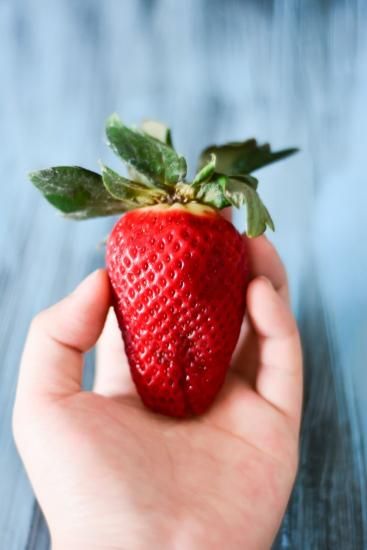
Strawberry Gigantella grows in compact bushes, even up to half a meter in height. From one such bush you can collect up to three kilograms of berries.
Features of caring for Gigantella strawberries
This variety prefers fertile, loamy soil with neutral acidity. Gigantella tends to grow and develop very quickly, so it requires enough space: no more than four plants should be planted per square meter. Strawberries produce many tendrils that should be removed to improve fertility. The strawberry variety Gigantella is frost-resistant, but depending on climatic conditions, it can be covered for the winter.
Like other varieties, Gigantella needs pest control special means and fertilizing (for these strawberries, once a season is enough. It’s good to use slurry). In one place, without transplantation, Gigantella grows and bears fruit for 8 years.
To reduce the accumulation of harmful fungi in the beds, strawberry plantings must be treated. Usually four sprays are carried out per season.
At the beginning of May, a mixture of Fitosprorin and Gumi solution is made. During the budding period, add 5 drops of Fitoverm to this solution. At the beginning of August, the treatment with the mixture or at least Fitoverm is repeated. In September, all plantings are again treated with a mixture of Fitosprorin and Gumi.
With such biological treatment you will avoid the accumulation of harmful pesticides in the soil, disinfect plantings and significantly improve soil microflora. If you don’t have Fitoverm on hand, you can replace it with weed tincture.
Every year, it is recommended to add a bucket of well-rotted compost under the Gigantella bushes. This provides them with a large feeding area and creates a good agricultural background. To preserve the berries from contamination, as well as to protect Gigantella plantings from weeds, various types are made mulching.

You can also grow this variety using the “carpet” method. In this case, the mustaches are given the opportunity to take root throughout the allotted area, without interfering with their spread. At first, the bushes actively grow tendrils, then they seem to “come to their senses” and sharply reduce vegetative propagation. The plantings become dense as in a forest. But no one thins them out there either, right?
It is still not recommended to heavily prune Gigantella bushes for the winter.
For some reason, such a recommendation is still found in the literature, but it is still better to leave the leaves.Not only green leaves, but also withered ones. This way you will ensure snow retention on strawberry plantations, as well as a small natural feeding plants. The remaining plant residues improve the microenvironment, serve as food for soil microorganisms, and attract earthworms to the garden bed.
New leaves that will go away before winter, if they survive the winter well and persist until spring, will ensure an early harvest. If for some reason the leaves die (or worse, they are cut off for some reason), then the plants will not put out flower stalks until new leaves grow. Therefore, there is no need to cut off leaves for the winter.
When is the best time to remove reddened leaves? It is recommended to partially remove them during fruiting in order to improve air flow and illumination of the ripening berries. The other part of the reddened leaves is removed immediately after fruiting. And in the fall, such leaves are left to protect the root collar from frost and the penetration of infections and fungi.
Landing update
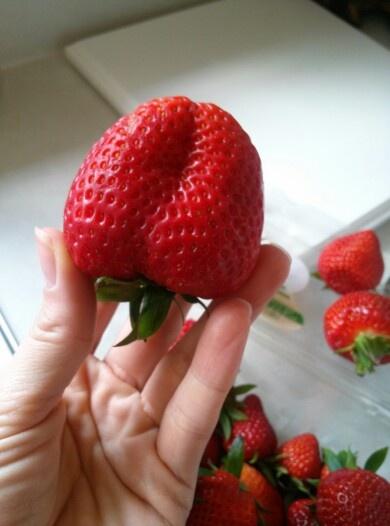
The strawberry plantings are renewed periodically. It’s good to do this after three years, on the fourth. To do this, mark the necessary bushes with markers or sticks, then transship the bushes as described Here. In the same year, new plantings produce a harvest.
Frost protection
Since strawberries come from hot countries, they do not tolerate spring frosts well. Usually, opened flowers can die even at 0 degrees. Therefore, if there is any threat of frost, it is better to cover the Gigantella plantings with a double layer of lutrasil.
So, if you want to plant strawberries, then such a beautiful and strong variety as Gigantella Maxima would be a worthy choice. The variety has many advantages. Caring for this variety is the same as for many others. Good luck to you and great harvests!

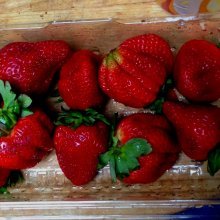
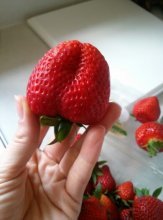

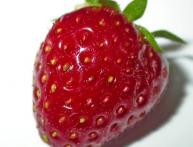
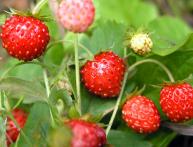

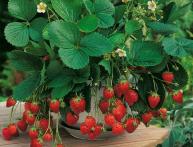


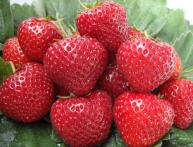
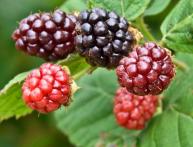
Comments
A very unusual variety, it’s surprising that strawberries can be so large. Previously, we wanted to plant this variety on our site, but somehow forgot about it. Now I think it’s in vain. Such a high harvest can be harvested and such large berries. A good variety, worth planting in your dacha.